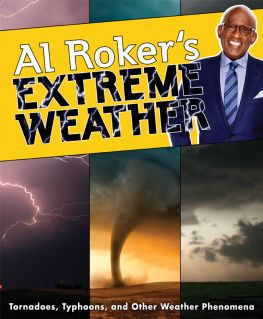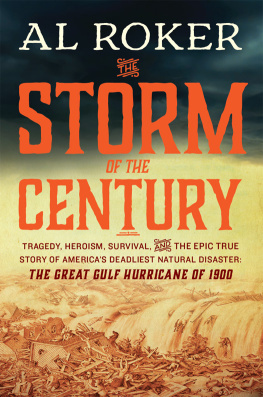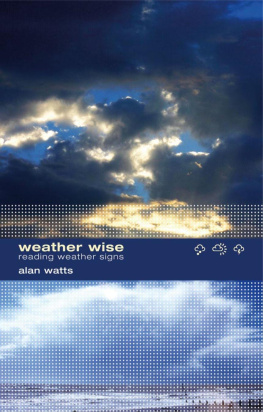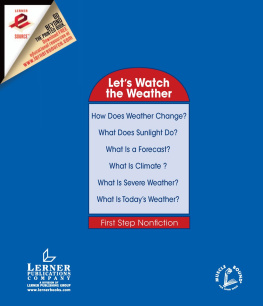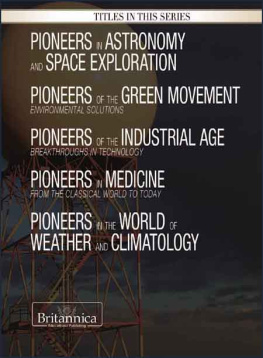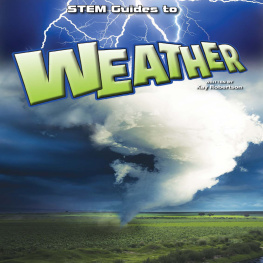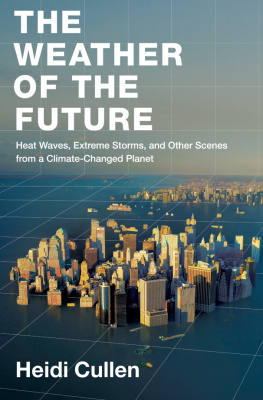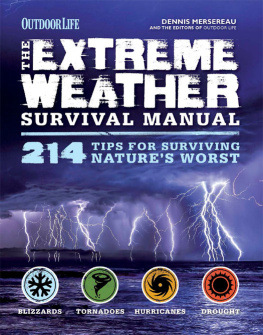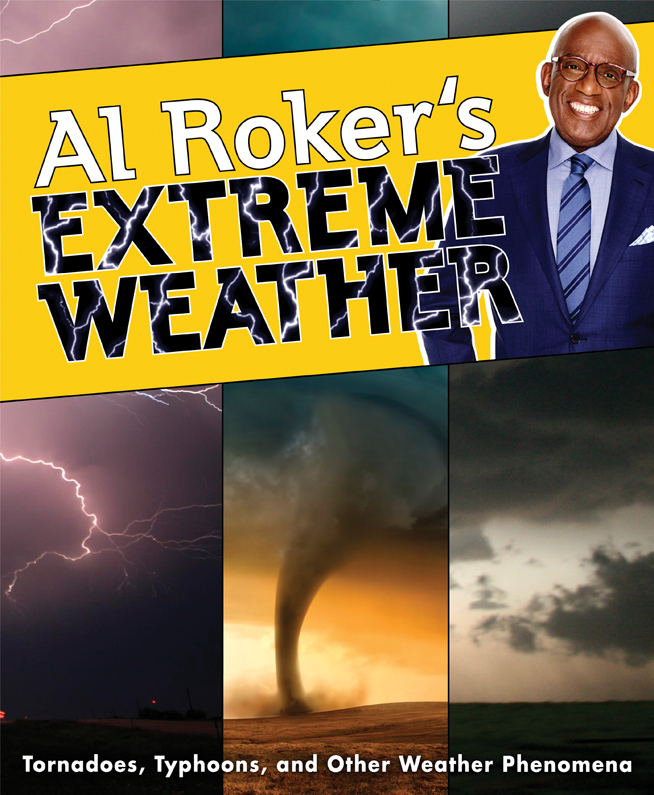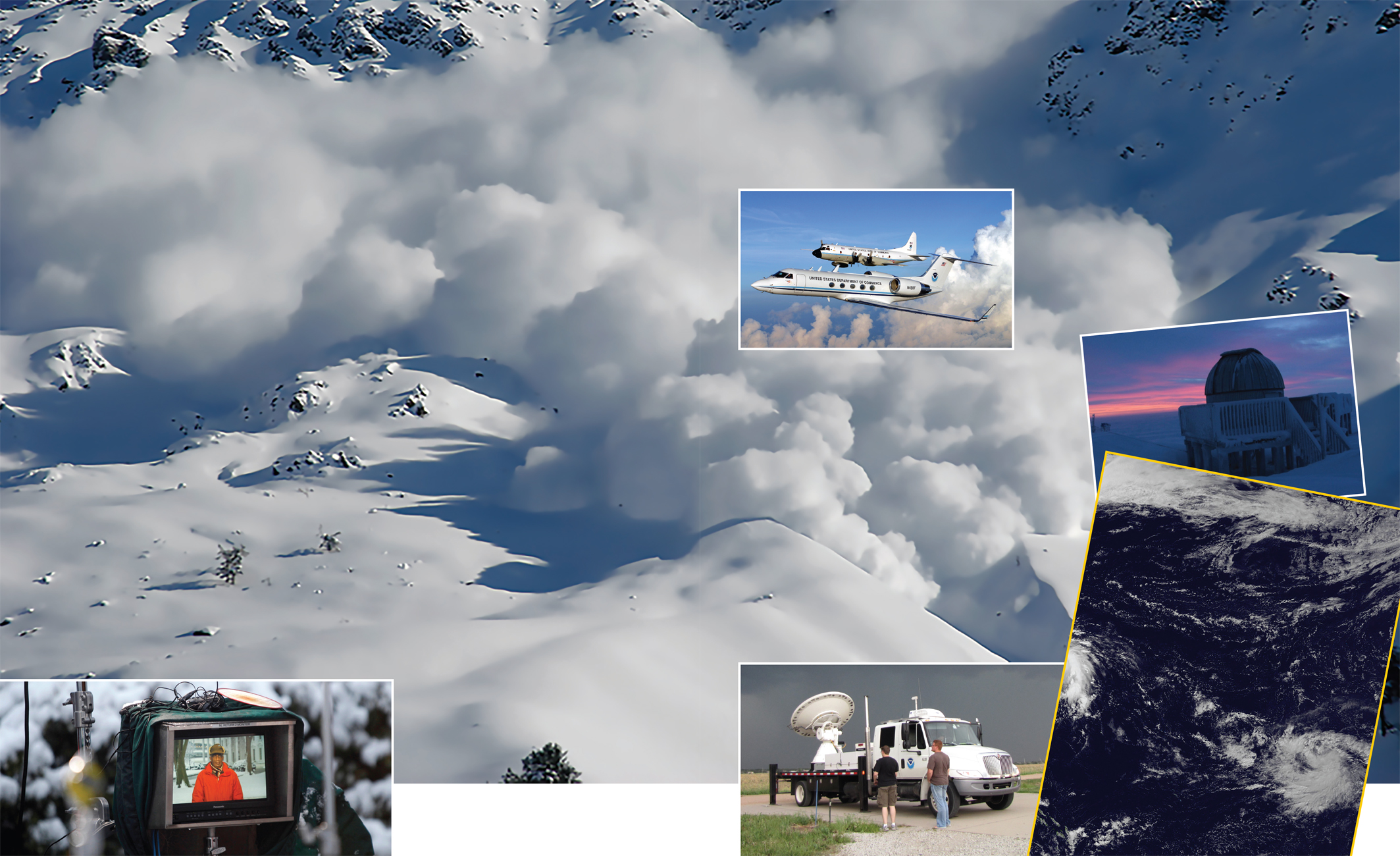
Predicting the weather is a tricky business. Global weather is affected by everything from the earths tilt to climate change. Small local systems, such as mountains and lakes, impact air movements and provide moisture to fuel storms.
Meteorologists and hydrologists use computer programs to decide what the weather is most likely to do next. Scientists know many of the factors that feed extreme weather events. They enter current conditions into computer models to determine how those factors are likely to affect one another.
All of this requires measurementslots and lots of measurements. In the United States, a government agency called the National Weather Service collects information from weather stations and scientists all over the country. The Storm Prediction Center is responsible for tracking large storms and warning people in their path.
Time for a Check-up
Just like a doctor uses special tools to find out how your systems are working, meteorologists have equipment that helps them figure out whats going on in the atmosphere.
Satellite images The National Oceanic and Atmospheric Administration (NOAA) maintains satellites that take images and readings from space. Polar-orbiting satellites move around the earth. Geosynchronous satellites move at the same speed as the earth so that they are always over the United States. A deep-space satellite gathers information on solar energy from its position a million miles away.
Doppler radar sends radio waves toward a storm, where they hit droplets of water, ice, or snow (all forms of precipitation) and bounce back. By reading changes in the shape of the radio waves when they return, radar can determine how, and how fast, the storm is moving.
Weather balloons carry equipment that measures temperature, pressure, and humidity as the balloons rise.
Hurricane Hunter aircraft fly above and directly into hurricanes, dropping special instruments called dropsondes. The devices take measurements as they fall, gathering information that helps meteorologists predict the path and intensity of the storm.
To get a complete picture of weather and climate, scientists need data from all over the world. Equipment in weather stations constantly gathers information. But equipment can break down. In remote areas, that means someone needs to stick around to keep things running smoothly. Two engineers staff the Barrow Observatory, at the northernmost point in the United States, year-round.
News of a tornado sends most people scrambling for shelter. But scientists who study them sometimes race toward terrifying tornadoes, trying to gather as much information as they can. This mobile Doppler radar was part of a tornado research project called Vortex 2. It allowed scientists to take close-range readings from the storm.
What Does Climate Change Have to Do with It?
Your local weather is affected by larger patterns around the world. High in the atmosphere, massive air currents circle the earth. Ocean currents carry warm water from the equator to the poles. Big changes in temperatures, like the ones caused by global climate change, alter air and ocean currents, leading to huge differences in weather patterns, and more extreme weather.
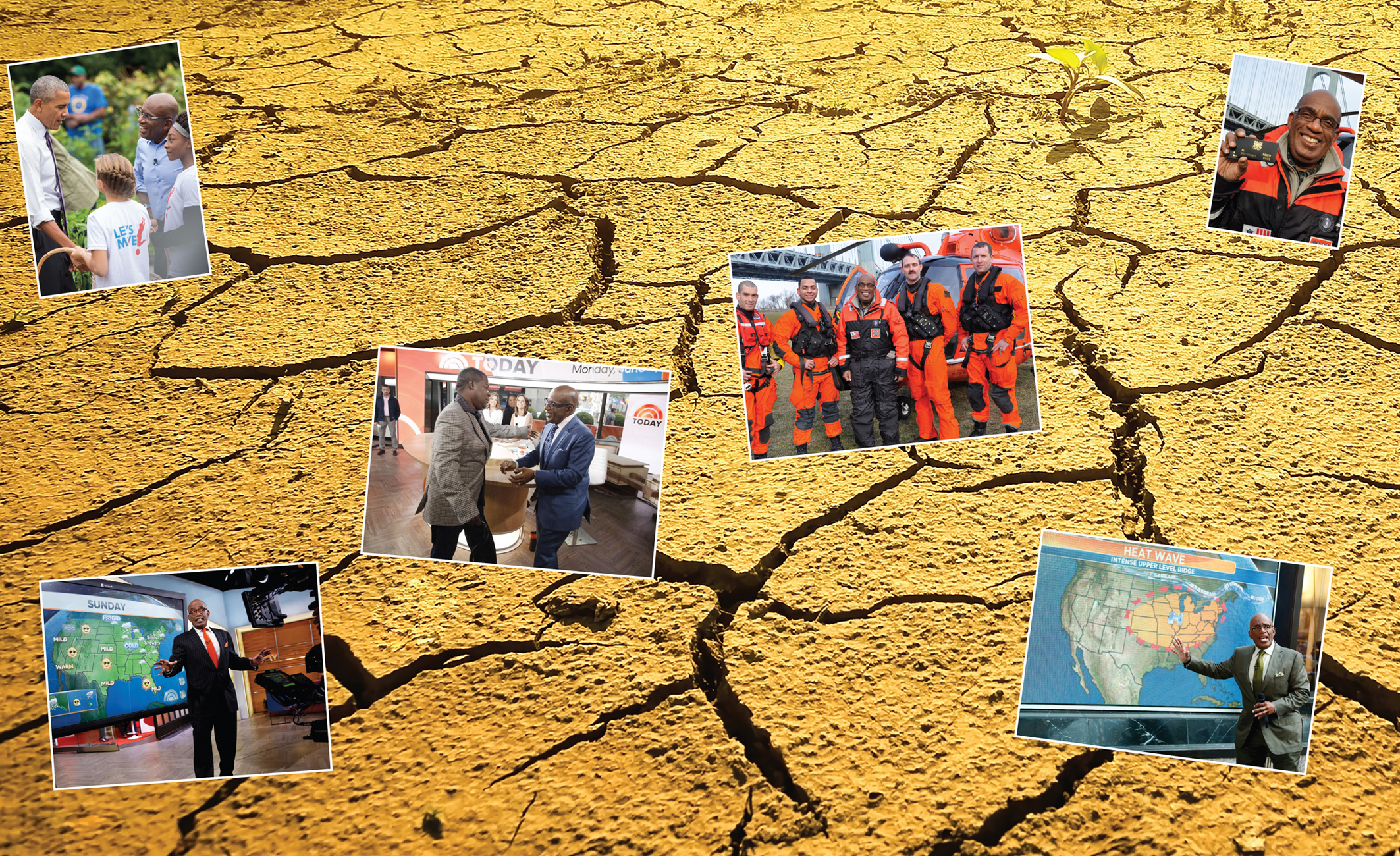
As a host and weather anchor of the Today show, I fill a lot of roles. Ive been to all fifty states, traveled to earthquake and flood zones, and interviewed celebrities from Lin-Manuel Miranda to President Obama. But probably the most important thing I do every day is update viewers about the weather.
Of course, everyone wants to know if they need an umbrella or if its a good day for the beachbut weather is a lot more complicated than that. It affects everything from school schedules to global transportation, from the food we eat to the way businesses work. And sometimes, it can mean the difference between life and death.
Extreme weather events such as tornadoes, hurricanes, and blizzards can flatten buildings, disrupt power, and sweep away people caught in their paths. But with forewarning and planning, people can stay out of harms way. They can stormproof their homes, stock up on supplies, and move loved ones to safer locations. As a weather anchor, a big part of my job is keeping people informed about dangerous weather events and making sure as many people as possible know how to protect themselves.
Ive been forecasting the weather for more than thirty years, and a lot has changed since I started. Forecasters know more about weather events and our climate, were better at making predictions, and we have a lot more technology and gadgets to use in researching and reporting the weather. But one thing hasnt changed: I love what I do. After youve read this book, I hope youll understand why.
CONTENTS
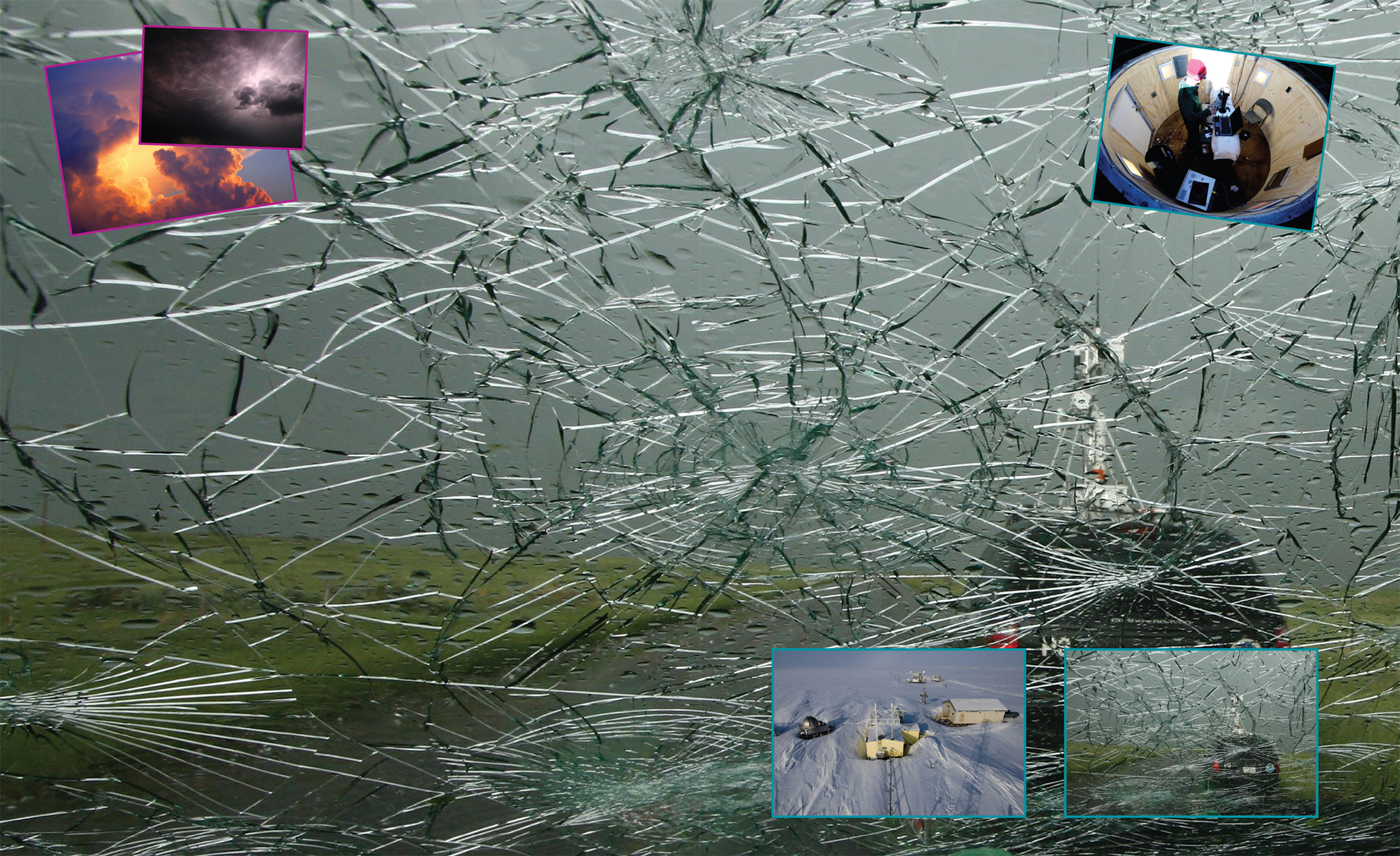
Guide
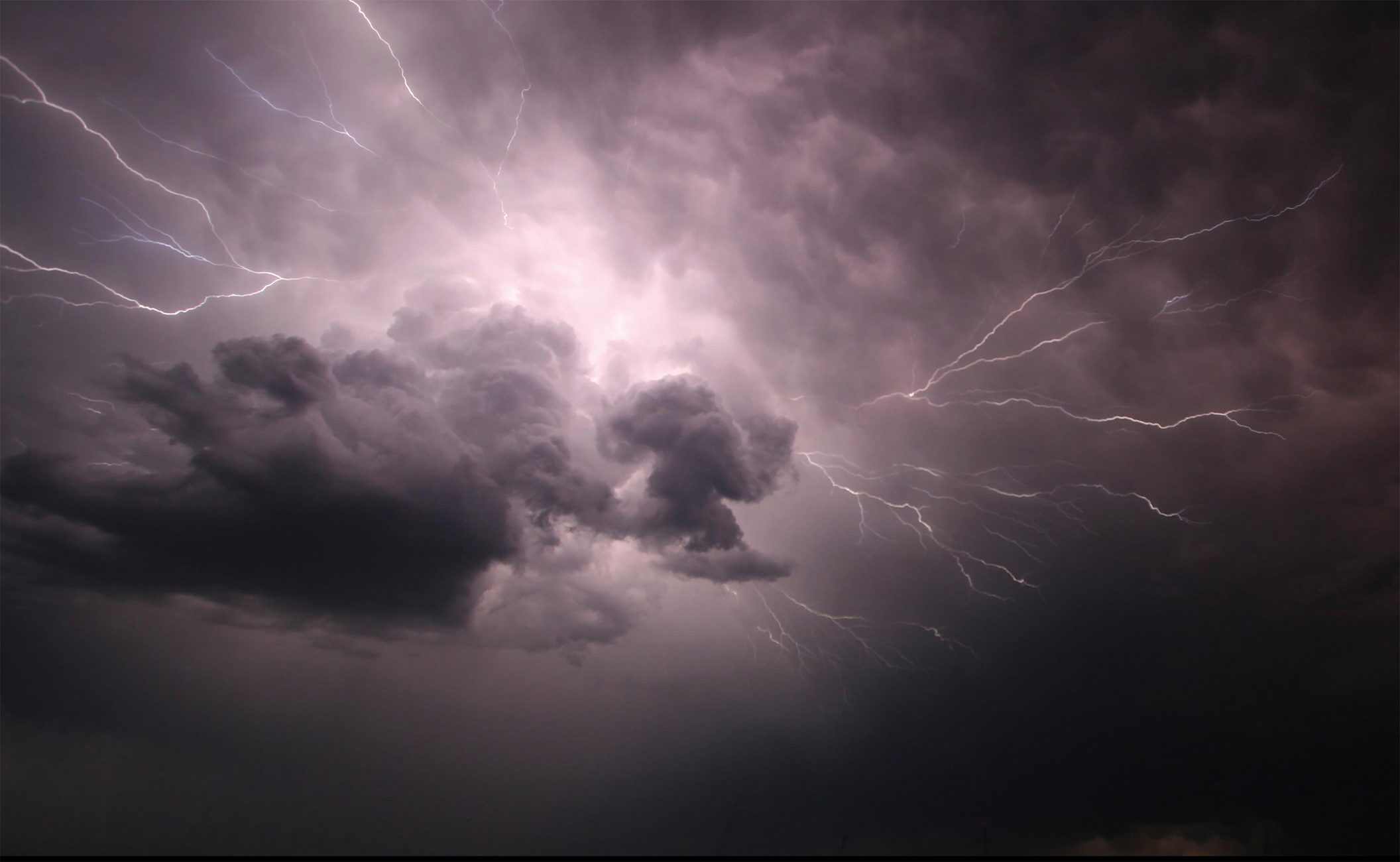
Spider Lightning
With howling winds, lightning, and flash flooding, powerful storms can change a landscape in a matter of minutes. Read on to learn about some of the most dangerous stormsand how to avoid them.
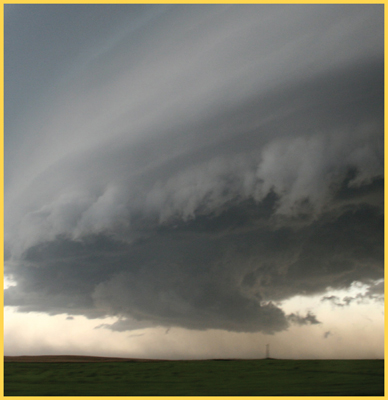
A supercell storm
Broken trees, downed power lines, flash flooding, and deadly tornadoes thunderstorms can mean serious trouble. But they all start with just a little lift.
When air temperatures near the ground are much warmer than temperatures higher up, the air is unstable. Warm air is less dense than cold air, so a small nudge, called lift, will cause the warm air to rise, carrying moisture with it. That moisture reaches colder temperatures in the atmosphere and freezes, forming a cloud of ice crystals. Eventually, the moisture falls as rain, sleet, or hail, bringing cold air down with it. It might sound simple, but that fast-moving cold air can create winds up to one hundred miles per hour, and those ice crystals and changing temperatures can lead to deadly lightning.
In the United States, lightning kills about fifty people every year. Most of those people are caught out in the open, in fields or on the water, when lightning strikes. At the first sign of a thunderstorm, the only safe thing to do is head indoors.
Thunderstorms form most often during the summer months. Thats when warm, moist air near the ground makes a big storm likely. Occasionally, the conditions necessary for thunder and lightning occur during the winter. Lightning storms during those months are known as thundersnow.

A Bolt from the Blue
Lightning is hot. Really, REALLY hot. As it travels to the ground, it heats the air molecules around it. The superheated molecules explode outward, creating sound waves that we hear as thunder. If you can hear thunder, you are in striking distanceeven if the sky above you is blue.

